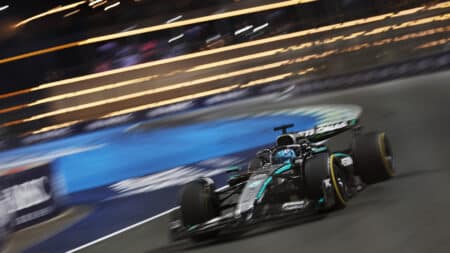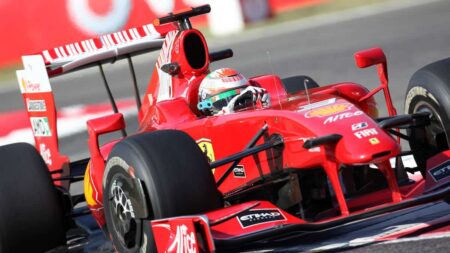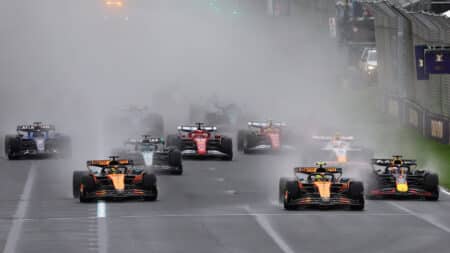On Friday evening ahead of the Canadian Grand Prix the BBC’s Andrew Benson posted a story that quickly set Twitter alight – with a little gentle stoking by, among many others, yours truly.

Andrew had revealed plans to cut Friday practice from two to just a single session later in the afternoon at Formula 1 races next year, as part of a new cost-cutting package. The reduction would not only ease running costs and save on critical engine mileage, but could also allow teams to travel to circuits a day later, apparently.
This ‘nip and tuck’ approach to saving money would benefit F1’s smaller, financially challenged teams and is the brainwave of the strategy group made up by Ferrari, Red Bull, Mercedes, McLaren, Williams and Lotus, plus Bernie Ecclestone and FIA president Jean Todt. It will require rubber-stamping by the governing body’s World Council before it becomes reality.

Now, when I read this story, I must admit – I saw red.
“So will tracks cut ticket prices too? They can’t, can they?” I stormed, in quite genuine outrage.
We’ve said it before, and I don’t apologise for saying it again: Grand Prix racing requires total structural overhaul to become truly sustainable, not a trim here and there in this unimaginative, miserly fashion. I direct you again to our manifesto for change launched in the April issue of the magazine, of which there will be more in the forthcoming August edition.
That Friday, I’d just happened to spend a portion of the day considering the fast-looming British Grand Prix. Silverstone, like all circuits which host F1, only earns revenue from ticket sales and is under pressure to offer value for money to ensure spectators keep coming back. Money that should be redistributed into the sport continues to flow in the wrong direction.

And now this. The teams, promoter and governing body clearly don’t share that concern for fan value – and more importantly, they clearly couldn’t care less either. Motor sport’s loyal public looks set to be tested once again in 2015, it seems.
Those who live in the F1 bubble will plough on regardless, of course, because they see it as their show, their risk, their investment. And anyway, the fans always shell out and show up. That can be taken for granted.
Fortunately, those who run the British GP cannot share that attitude, despite a run of sell-out or near-capacity crowds in the past five years. There can be no complacency at Silverstone, especially when the sport itself insists on telling the fans it’s not as good as it used to be (thanks again, Bernie and Luca).
Last month, British Racing Drivers’ Club president Derek Warwick told us how there were some concerns about sales at the start of the season, as the backlash to the new rules kicked in. Thankfully for Silverstone, the Bahrain GP offered an unexpected thriller and ‘home hero’ Lewis Hamilton enjoyed a four-race winning streak. Monaco and Canada might have brought that all to a shuddering halt for Lewis, but the tension between the Mercedes drivers and the wonderful spectacle in Montreal has kept the sales recovery on track. We can now expect a near sell-out crowd on the weekend of July 4-6.

Nevertheless, with so much uncertainty the circuit team has been hard at work searching for extra ways to add value. As this will be Silverstone’s 50th Grand Prix, there’s a good excuse to put on demonstrations of F1 cars past on each of the three days, with an added tribute to Sir Jack Brabham. And for the first time since 2003, spectators can now access the circuit infield – at a price, of course – for alternative views and the chance to take a look around the support race paddocks (not the F1 inner sanctum, of course. What do you think this is? 1969?).
Silverstone has ridden the odd figurative, and literal, storm over the years, and the well of ill-feeling towards the ‘new F1’ this season was the latest to furrow brows. The circuit has waited nervously for the sport to settle down. Now, almost despite itself, F1 looks set for another memorable weekend at the old airfield.
But as one cloud passes, another blows over. The GP challenge for Silverstone, and for that matter every other circuit on the calendar, keeps getting tougher. Short-sighted self-interest ensures at least some things remain consistent in F1.








